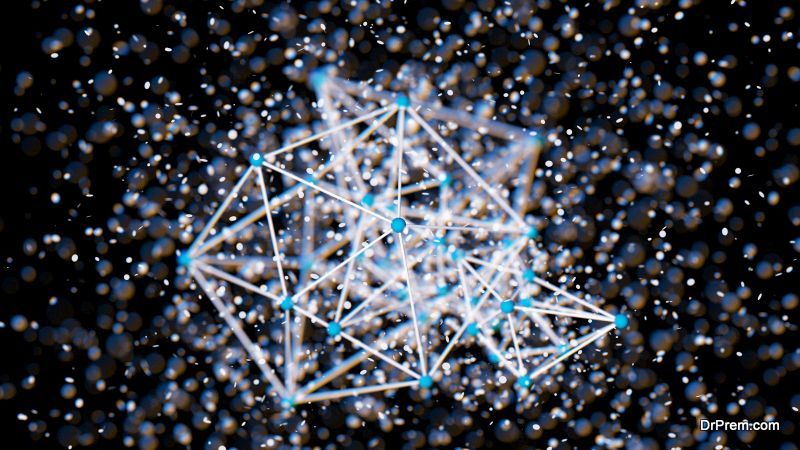It’s finally possible to see electrons in slow motion, in both molecules and atoms. The researchers at the Central Florida University have made a breakthrough – they demonstrated the fastest pulse of light ever seen, 53 attosecond of X-Ray pulse. Chemists at the Max Planck Institute in Hamburg have also been able to capture the motion of electrons in slow motion, using a low cost technology which is efficient and compact. Now, it would be possible to see atoms change their structures during chemical reactions, which take place in femtoseconds, i. e. in a millionth of one billionth of one second. Read on to find out more about these two amazing breakthroughs:
The research behind the 53 attosecond X Ray pulse
The attosecond science actually began in 2001, when these rays were first demonstrated. One attosecond is equivalent to a quillionth of one second. At this speed, light moves less than 1/1000th of the diameter of human hair. Just as hi-speed cameras can click ultra-slow videos of normal speed events, now attosecond X-Ray pulses can capture sharp images of electrons moving in molecules and atoms.
Attosecond light pulses are generated by the interaction of noble gases with intense femtosecond Ti: Sapphire lasers in a process called harmonic generation (high order). The results achieved in the present experiment was with the use of laser (long wavelength) which was centered at 1,700 nm, allowing the production of attosecond soft X-rays. The range on the spectrum was also double. That is, the pulses that were produced were shorter in both wavelength and duration. The new light produced can reach the spectral region known as the ‘water window’, in which water does not absorb, but carbon atoms do.
Benefits of the 53 attosecond pulse
The soft X-Rays can be used to successfully shoot the slow motion videos of atoms and electrons of molecules in biological living cells. This can be applied to study photosynthesis, which can lead to the improving the efficiency and efficacy of solar panels, as both are activated by light.
The interaction of the X-Ray pulses with electrons in different matter can help to reveal the movement of electrons in different atoms, which in turn would help in studying the fastest processes in matters which have chemical elements’ specificity. This might prove invaluable to develop next gen memory and logic chips for computers and phones, which could be thousands of times faster than the ones that we use today.
The atomic ballet viewed at Max Planck Institute
The researchers at the Institute have been successful in viewing the changes within a molecule, as they used femtochemistry to view the dance of the atoms within the molecules. Using a low cost technology, which was also quite efficient, scientists were able to view the movement of miniscule atoms during the process of molecular transition.
Till now, Chemists had to depend on motionless photos and not videos. It was possible to view the structure of molecules at the beginning and end of experiments, but now with slow motion video, it will be possible to see the molecules actually transform during a reaction. This would enable a much better grasp of chemical reactions. Moving images of atoms is a big step forward for Chemistry and Physics as it will be possible to see exactly how atoms overcome the summit regions of stable valleys to pass into the neighbouring valleys. There are many ways in which this can happen, and it would be interesting to see why and how the atoms choose the most accessible path.
These major developments might bring about a change in the fields of Chemistry and Physics, which might lead to other big developments, ultimately giving rise to many new and exciting products/ services useful to humanity.





